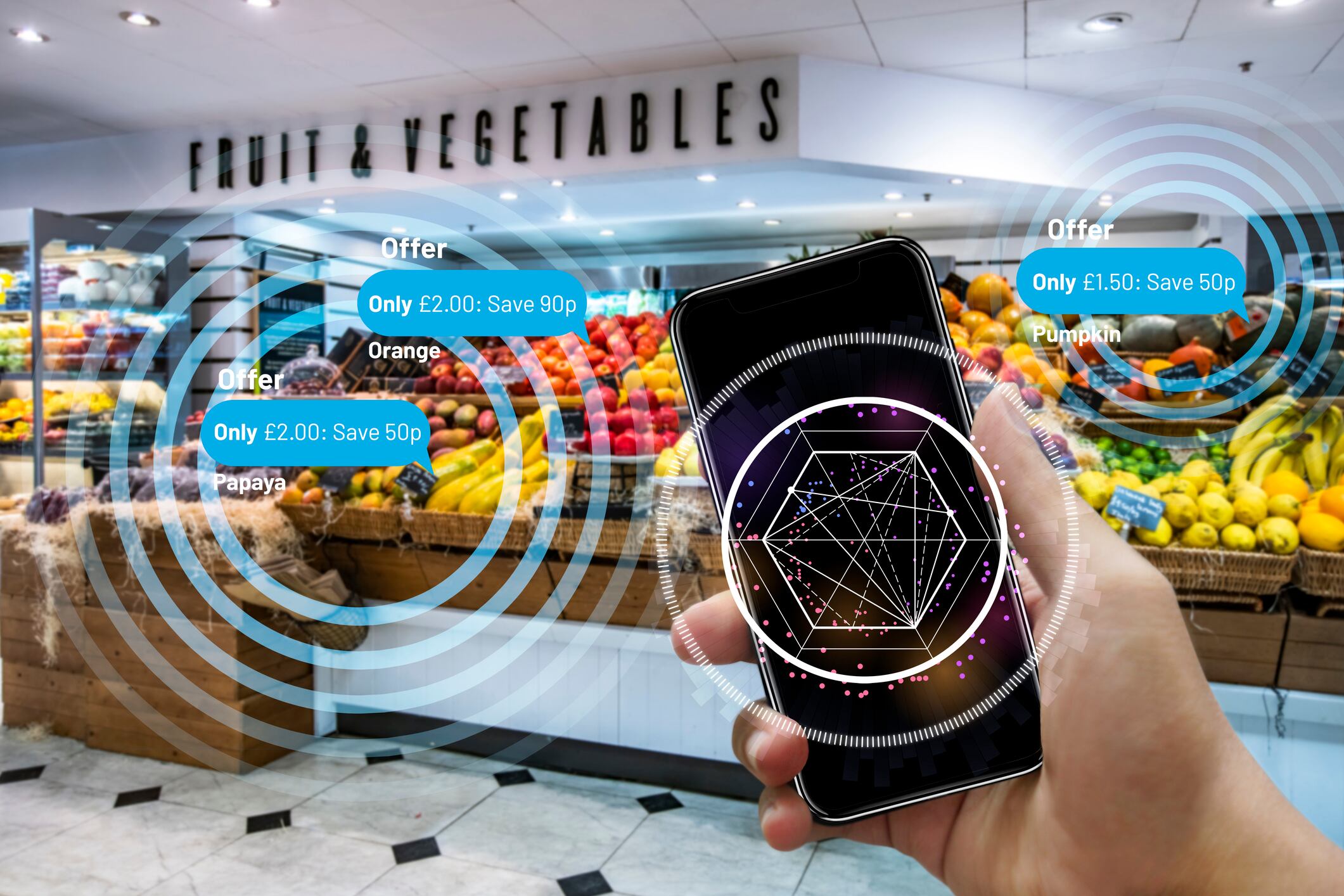Mergers and acquisitions continue to rebound slowly as CPG giants remake their portfolios to better meet modern consumer needs, and private equity firms that have been sitting on dry powder awaiting better economic conditions are pushed to re-enter the game.
According to Boston Consulting Group’s recently published 2025 M&A Report, dealmaking in the first nine months of 2025 is up year over year, with aggregate deal values 10% higher at $1.938 trillion and deal count rebounding beyond 2023 levels after a dip in 2024. In the US, deal count rose even higher although value fell, according to BCG’s Lianne Pot who is managing director & senior partner and North America leader of transactions & integrations.
She notes: “During the first nine months of the year, US deal value rose by 21% compared with the same period in 2024, outpacing the global increase of 10%. However, US deal volume fell by 6%, in line with the global decline of 4%.”
Dealmaking within the consumer goods segment, however, is at lower levels than other segments. According to BCG, M&A deal value in the segment fell 17% in the first nine months of 2025. Likewise, only 5,519 deals closed in consumer segment in 2024 compared with 5,640 in 2023 and 5,771 in 2021. Taken together with trends in other segments, this data suggests there is opportunity in this space for startups looking to sell and for large players to alter their offerings through M&A. However, it also underscores the importance of fit and value as some hesitation lingers.
In this episode of FoodNavigator-USA’s Soup-To-Nuts podcast, Buchalter’s Jeremy Weitz, chair of the firm’s corporate practice group, and Tanya Viner, co-chair of the firm’s mergers & acquisitions practice, share how companies looking to sell can successfully make a deal in this environment. This includes tips to ensure regulatory readiness, protect IP and branding, stabilize supply chains and contracts, clearly communicate financial and performance metrics, and protect or prepare the people potentially impacted by a deal.
Explore past episodes of Soup-To-Nuts podcast
Never miss an episode of FoodNavigator-USA’s Soup-To-Nuts podcast - subscribe today.
40% of grocery shoppers will use AI by 2030 – how will this transform CPG marketing? – As more shoppers hand off purchasing decisions to AI, PwC’s Carla DeSantis shares how brands can win in an era where algorithms – not aisles – drive discovery and purchase
Staying true while scaling up: The evolution of breakfast bar brand Olyra – After finding early success in the natural channel, Olyra revamped its packaging, flavors and formulation to resonate with mainstream consumers while preserving the ancient Greek roots at the heart of its story
Finding comfort in the chaos: How food will help consumers compe in 2026 – After a year marketed by rising prices, food safety confusion and supply chain fears, ADM predicts consumers in 2026 will gravitate toward nostalgic, sensory-rich foods and beverages that help restore their resilience
Inside Kellanova’s clean room: How a new AI data strategy drove 36% gains for Special K – Kellanova’s pilot offers a blueprint for using data clean rooms to bridge gaps between brands and retailers, unlock deeper shopper insights and rebuild brand value amid inflationary pressure
Gen X steps into spending power: Why marketers cannot overlook the middle generation anymore – After decades of being overshadowed by Boomers and Millennials, Generation X is poised to become the dominant global consumer group and are projected to spend $15.2 trillion 2025 and $23 trillion worldwide in 2035, according to new research from NielsenIQ (NIQ)
Organic industry rallies on Capitol Hil to protect $71B market and fuel growth – Organic Trade Association members championed policies that would expand domes tic production, protect against fraud and strengthen the workforce powering the organic industry
The current landscape
The number and value of M&A deals in the CPG food and beverage space may not be as high as it was at the start of the pandemic, but Weitz said he is optimistic about more activity in the coming year based on the upward year-over-year trajectory since 2022 and other indicators the economy may be improving.
“A few years ago, food and beverage was extremely hot, especially with branded businesses, and so there was a lot of activity in the M&A space,” but that peaked during COVID with dealmaking slowing as soon people were able to at restaurants again, he explained.
While dealmaking the CPG space has slowly declined in recent years, Weitz said he is optimistic that flow will soon improve alongside the stock market and interest rates.
Viner also expects deals will increase as private equity funds are under pressure to sell companies that they purchased pre-pandemic, and held on to longer than they originally intended in an effort to wait out the economic downturn.
“There is actually a lot of private equity funds that are trying to offload some of the companies they have purchased,” and as they do, there will be opportunities for companies reshaping their portfolio and it will free up money for new investments, she said.
What do buyers and investors want from potential acquisitions?
Weitz adds the flurry of demergers happening in the CPG space also suggests that future acquisitions will be more targeted to ensure a better fit for long-term partnerships.
Viner says this will include evaluating the strength of brand, whether it has IP and brand protection, the extent to which it is a household name, where it is sold, the extent to which it has room to grow and if it has leaders who can execute that potential.
Weitz and Vine add some food and beverage categories, attributes and platforms are more in demand than others.
For example, they note an uptick in interest in healthy food, functional benefits, nonalcoholic beverages, smart snacks and products that support consumers taking GLP-1 drugs for weight management.
M&A isn’t all or nothing
For some entrepreneurs, selling their company is the equivalent of selling out. For others, it is the ultimate end goal and marker of success. For those in between, the idea of selling is emotional, murky and completely overwhelming. No matter where a founder is on this spectrum, Weitz stresses that there are options – dealmaking isn’t all or nothing. But timing is everything.
For example, he noted that minority investments are a good way to “take some chips off the table” and access capital to grow a business while retaining control. This strategy also allows partners to test how they work together and better understand the company and market dynamics before potentially entering a sale for full control.
As for timing, Weitz says private equity can serve as a good barometer for when to make a deal. Other indicators are the macroeconomic climate and where a company is in the growth cycle.
Plan for a year of hard work before a sale
Once an entrepreneur decides to sell, or seek a minority investment, Weitz and Viner recommend they take about a year to get their house in order, including hiring an investment banker who will likely encourage them to protect their brand and intellectual property first.
“To get maximum value, you are going to need to make sure your IP is secure. If you have some secret sauce formula that your supplier doesn’t own it, that you own it and your retain it,” he said. The same holds true for vendors.
Companies also need to button up their contracts with content creators – make sure that the company owns and can share the material they make and can continue using it after a sale.
Likewise, they recommend ensuring the trademarks are secure not just in countries where the business currently operates but in any that it might someday enter – especially in countries with high levels of piracy, like China.
Shore up supply chains
Buyers want to know that a business will continue producing seamlessly once they acquire it, which Weitz and Vine say means ensuring supply chains, contracts and sourcing redundancies are in place.
Tariff-proofing also is top of mind for many investors who are looking at whether companies are able to source ingredients domestically or from regions with lower rates. They also want to know if companies have a backup plan if one vendor goes out of business or has insufficient supply.
People are assets, too
Selling a company is about more than physical and intellectual property – it also is about the people, with buyers often wanting founders and key employees to stick around for a while. To avoid a flurry of panic-inspired resignations, Viner recommends careful communication and incentives to keep employees engaged.
She notes that some employees will need to know earlier in the process, including HR and accounting with which investors likely will want to speak. For those teams, she recommends they sign nondisclosure agreements.
When the time comes to tell all employees, Vine recommends clearly communicating the extent to which positions will stay the same or change and offering a bonus to employees to stay with the new company for a set amount of time.
If this sounds like a lot of work, that is because it is.
Yes, a deal can be done in 30 to 60 days, but more realistically, teams need a year to best position the business, ensure a good fit and put the merger or partnership on the best path going forward.




